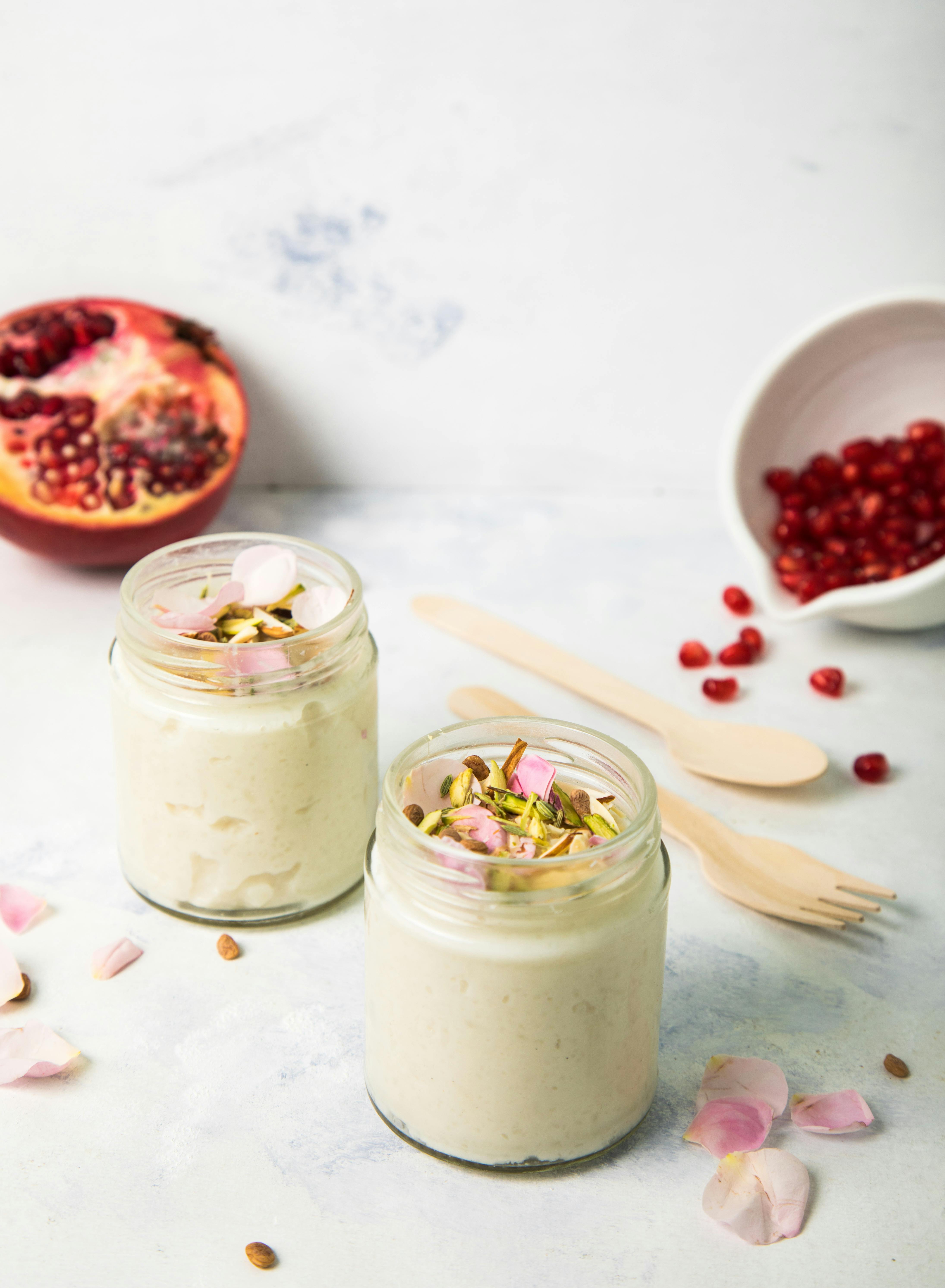Exercising Before or After Eating: Debunking 5 Myths
|
|
Time to read 7 min

The discount has been added to your Air 10 order.

Cart
Your cart is empty
|
|
Time to read 7 min
One question always provokes controversy in fitness: Is exercising before or after eating better? With so much conflicting information, it's easy to be confused. Recognising how meal times and exercise impact your performance and energy levels can make a difference. Training during work or lunch helps you reach your goals— you just have to eat the right food at the right time.
Getting this right for women juggling busy schedules means more effective workouts without the guesswork. Let’s debunk five common myths and find the best approach for you!
Table of contents
Fasted exercise — as in, exercising first thing in the morning before breakfast — is all the rage for fat loss. But is that really the best way to go about it?
Some will defend to the death the power of black coffee and a fasted morning workout. Gentle exercise — such as a little brisk walk or a bit of yoga —can feel energising and give a sense of pattern. But working out at a high intensity, doing HIIT or lifting weights on an empty stomach, could make you feel faint or sluggish.
Pros of fasted exercise:
Cons of fasted exercise:
Fasted exercise may use fat stores, but it doesn't guarantee maximum fat loss for everyone. Without sufficient energy, you may not be able to push hard enough to create any real results. Moreover, skipping what to eat before a workout could mean muscle catabolism instead of fat loss.
Skipping pre-workout meals can cause sluggishness; balanced carbs, protein, and fat boost energy and performance. Let’s break down the facts.
Selecting a meal or snack before exercise is primarily about picking easy-to-digest foods that will sustain you through your session but will not bloat you:
Ideal pre-workout meals/snacks (30-90 mins before exercise):
What to avoid:


You might think that not eating after a workout encourages faster fat loss because you just burned some calories, right? Well, you may be setting yourself back even further. Whether you exercise before or after eating, your post-nutrition choices are equally important as workout timing.
Right after exercise, your muscles are ready to soak in nutrients to begin the repair and growth process. After exercise, a balanced meal or a snack (within 45-60 minutes) serves the purpose:
Skipping refueling can cause muscle breakdown, slow metabolism, and boost cravings, undermining fat loss efforts.
The ongoing debates about exercising before or after eating often miss the bigger picture. Fasted exercise may burn more fat during workouts, but studies show overall fat loss remains similar.
Why is that? Properly fueling after workouts will support:
So even if you fit a post-dinner workout, consuming a small protein-rich snack (Greek yoghurt or cottage cheese, for example) will assist recovery without counteracting your efforts.
A more prevalent fitness misconception is that you can't gain muscle and lose fat, meaning you have to choose to either "bulk or cut." But what if we said it is possible to do both? Body recomposition is doable, especially for women new to strength training or coming back after a break.
Body recomposition is losing fat and gaining muscle, resulting in a leaner, stronger body. While it is true that fat loss and muscle gain require different processes (fat loss needs a calorie deficit, and muscle gain needs a calorie surplus), the body can concurrently process both under the right circumstances:
Advanced athletes may have difficulty changing body composition (adapting to the training stimulus given more slowly). Still, women can usually make changes in muscle tone and fat loss. The key is to strike a good balance between exercising before or after eating so you can use it as fuel for the workout (i.e., a pre-snack rich in protein and/or a meal on recovery if a pre-workout is rich in protein) while keeping a handle on your overall nutrition and food intake.
There is no one-size-fits-all when exercising before or after eating or for the same person daily. The notion that you must commit to one way of working out (for example, always fasting training or always consuming a full meal ahead of time) does not recognise the value of flexible meal timing. Energy levels vary, schedules vary, and exercise intensity varies daily; Therefore, why shouldn’t the fuelling strategy vary too?
Body recomposition is losing fat and gaining muscle, resulting in a leaner, stronger body. Fat loss and muscle gain are different, but with proper nutrition and training, they can occur simultaneously in the right conditions.
Pro athletes may have difficulty changing body composition (adapting to the training stimulus given more slowly). Still, women can usually make changes in muscle tone and fat loss compliance. Balance exercise timing with proper nutrition, like pre-workout protein or post-exercise meals, for fuel and overall health.
When exercising before or after eating, one can make better choices based on meal timing. Considering comfort, recovery, and joint health when choosing workout timing and nutrition can enhance your overall exercise experience and prevent injuries.
Nothing is worse than bloating or cramping that can halt a workout. To help reduce the risk of gastrointestinal discomfort while exercising:
Ice baths for muscle recovery are popular, but it's not all rainbows and sunshine:
✔ Pros: Ice baths can reduce inflammation and soreness after heavy exercise.
✖ Cons: If ice baths are used too often, they may slow long-term muscle adaptations.
There's no "right" way to exercising before or after eating. Your own personal tolerance and fitness goals are the best guides. Maybe you do your best workouts when you've fasted in the morning, or maybe you require something to get you moving before you can work out. Being conscious of what your body is communicating to you and remaining consistent is most important.
Ultimately, fitness is a matter of personal choice. Team "porridge before parkrun" or post-dinner exercise; just listen to your gut and enjoy the journey.







!

Lasting hair removal solution

